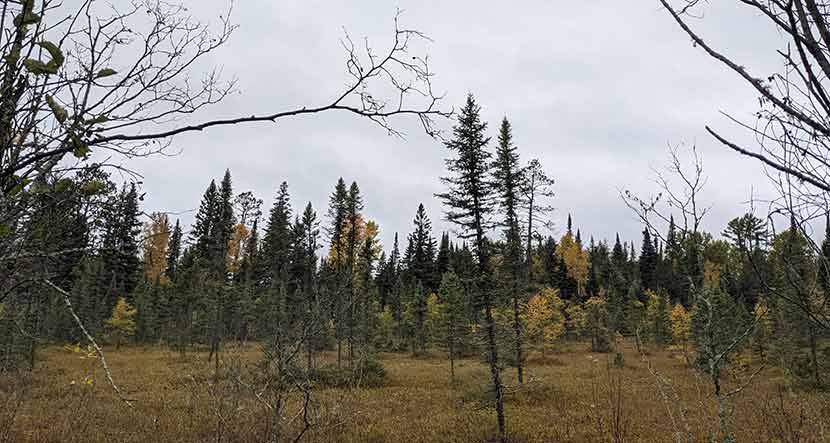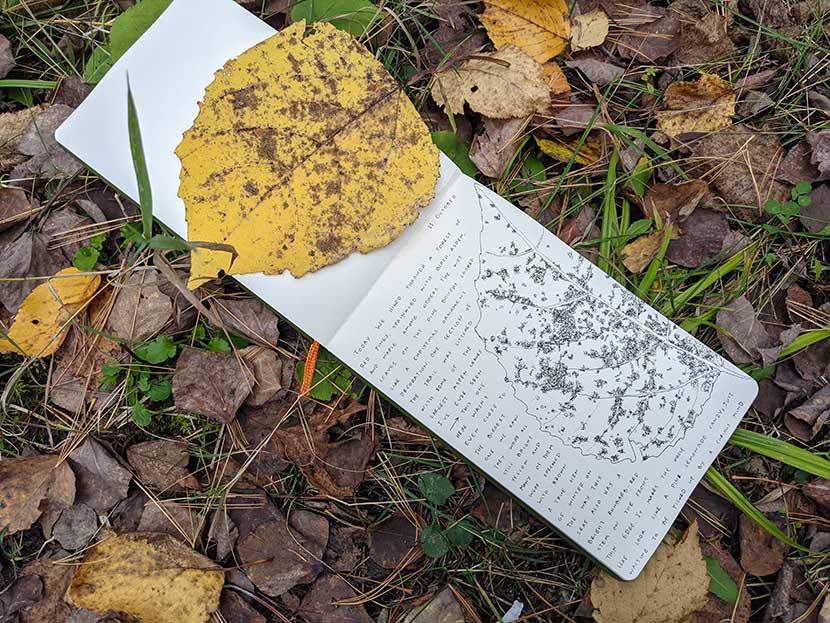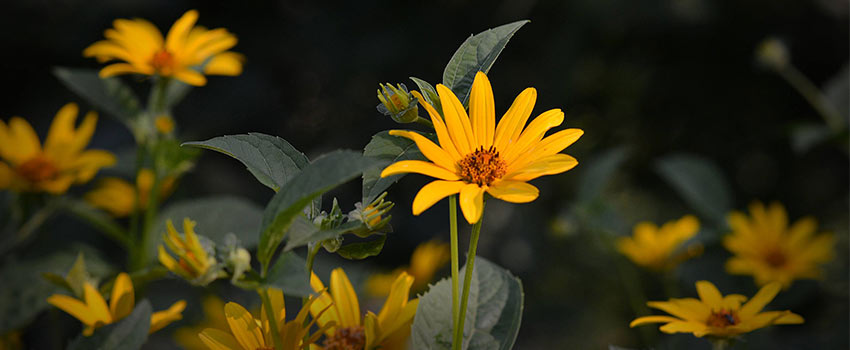
It’s one of those late-season muggy days outside, and through the hazy sunshine there is a hesitation of rain. My students and I have just finished stitching together our nature journals and we wander out to the teaching garden at Silverwood to find a spot to sit and journal.
I tell them to pick one flower, one plant, one tree, any one piece of nature and sit with it for at least 10 minutes to draw and write as much detail as they can. I encourage them to ask questions, take notes, sketch shapes and textures, and record any detail they notice in this experience.
The kids choose their spots in the shade and begin to record the textures of the oak tree, the scent of the flowers in the garden, and the shape of a squiggling worm that is creeping back into the soil.
We are nature journaling, a practice for anyone who wants to slow down to the pace of nature and notice the little beauties of the natural world. There is no prerequisite experience. We don’t have to be a naturalist or an artist to journal about nature because this practice is all about your own personal experience and connection with nature. The details you notice, the questions you want to ask, the shapes you find in a plant, animal, or cloud are all collected in your pages to build your relationship with the outside world.
Why We Nature Journal
These details, this practice of writing about nature as we sit in the midst of it, is a way to get on the levels of the worms and spiders and owls and deer who live in and see what’s going on in a clump of soil or a hollow tree. So often we are moving too fast to pick up the shift in the wind or the new colors in the leaves.
When we need to stop and observe the world around us, we can step outside with a piece of paper and a pen and begin recording what we notice. Just walk out the door and sketch the nearest tree, write down what we hear as the wind rushes through the fluttering leaves. Go for a hike and count the petals of a flower and describe the texture of each petal, the rough edges of the crack of pavement where it is growing.

We can go for a cross country trip to climb to the top of a mountain and make a scribble across the page that is our best approximation of the horizon line from that vantage point. It is all about process over product, a collection of pages for you to explore your relationship to nature without worrying about the accuracy of your observations.
How I Use My Journal
My nature journal is a small red notebook that I keep in my pocket or backpack. I pull this little journal out as often as I can to jot down notes of the sounds and smells and colors that I notice in the world around me.
On a camping trip, I will try my best to translate the nocturnal calls of the owls above my tent in my journal. I will scribble some of the shapes of the lichens on the rock where I sit to eat my lunch. As a red-tailed hawk flies over the park, I may pull out my little red book and scribble the streak of her flight path as she swoops down into a nearby field.

No analysis, no interpretation, just observation. It seems clinical and scientific, but I believe that it is a very freeing way to write. These initial observations eventually lead to more musings of the network of life that exists around me. I use my journal to wonder about the scale of a great old maple tree and the beauty of one individual leaf as its colors begin to emerge. These musings may lead to a poem, or a drawing, or a topic that I want to take home and research on the internet for more information.
Once you start nature journaling, you may find yourself noticing more sights and sounds on your daily walks and stopping more often to breathe in the diversity of life all around you. You may save your nature journals from year to year and look back and find patterns that repeat each season. You will be forging a strong connection to nature that will enrich your time spent outdoors.
About the Author

Cora Williams is an Art Educator at Silverwood Park and has been working with Three Rivers Park District since the spring of 2018. Her childhood in California fostered a fascination with nature and the opportunities the outdoors provide for introspection. While earning her bachelor's degree in Art History at Lawrence University in Wisconsin, she fell in love with the steady rhythm of the seasons in the Midwest and has lived in Minneapolis since 2016. Cora enjoys being active and creative in the outdoors all year long, especially carving wooden spoons around fall campfires with her dog and husband.
Related Blog Posts
Nature Rx: Silverwood's Forest Bathing Trail
By: Mary Christine Kane
Explore the new self-guided, forest bathing trail at Silverwood Park in St. Anthony, and discover how you can unplug and experience a meaningful and therapeutic immersion into nature.
5 Ways to Practice Mindfulness in Nature
By: Alyssa Schauer
Learn ways to be mindful in nature and discover how you can connect with the natural world in everyday life.
Best Hikes for Fall Colors
By: Three Rivers Staff
Fall is the perfect time for hiking, and Three Rivers has endless options. From half-mile walks with lake views to more challenging hikes through maple forests, read on to see our staff picks for best fall hikes.



